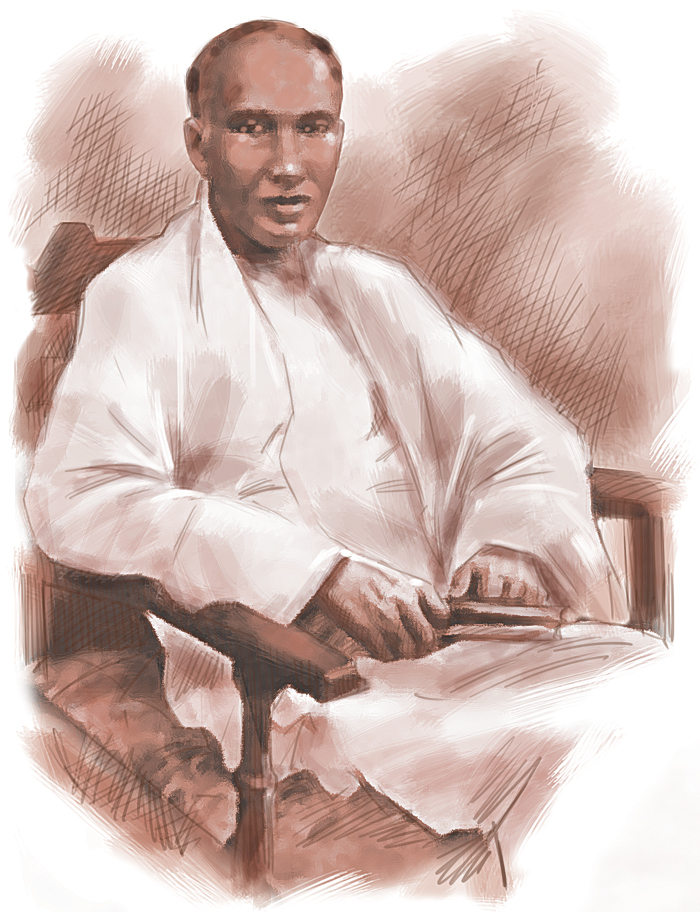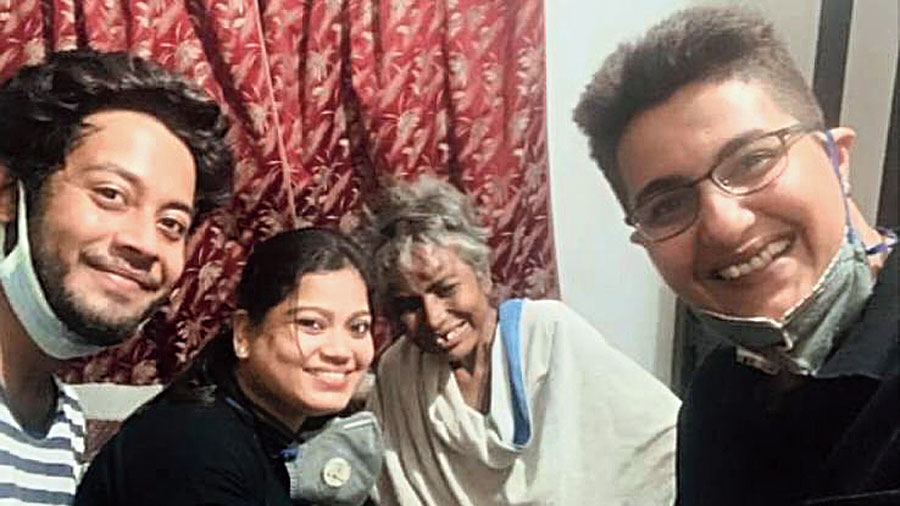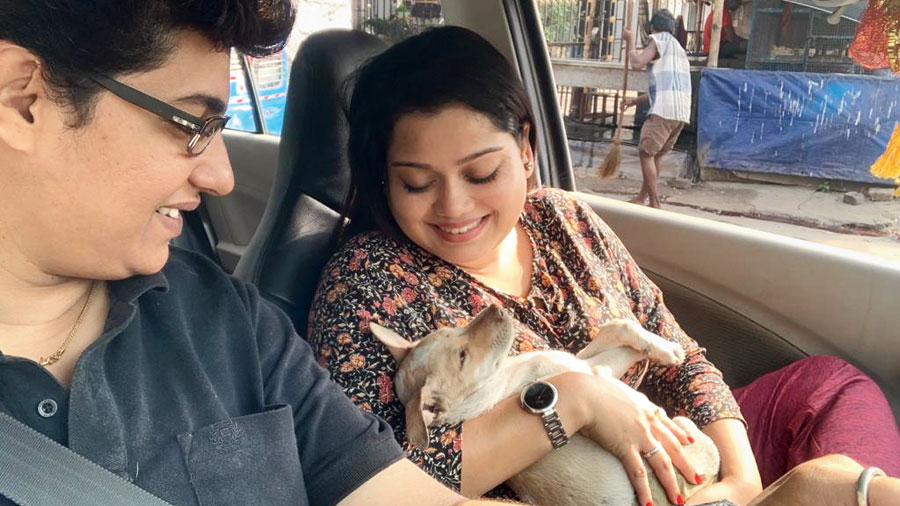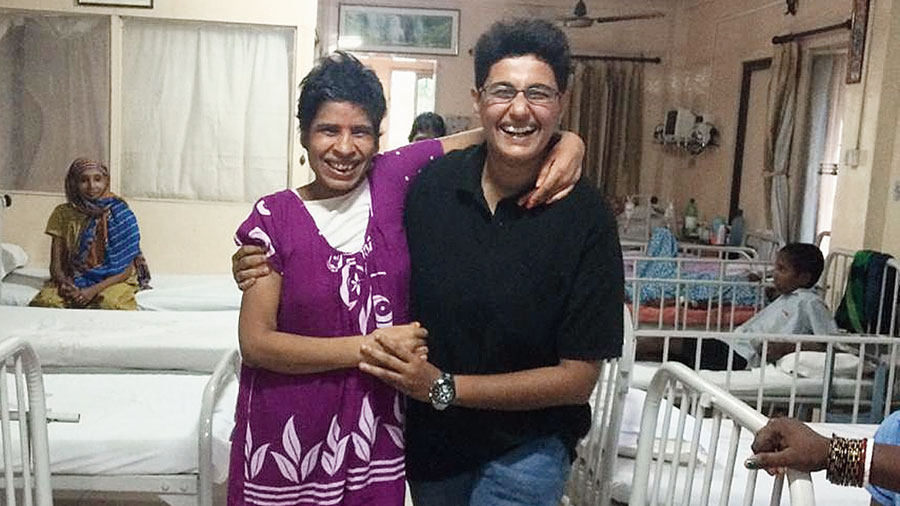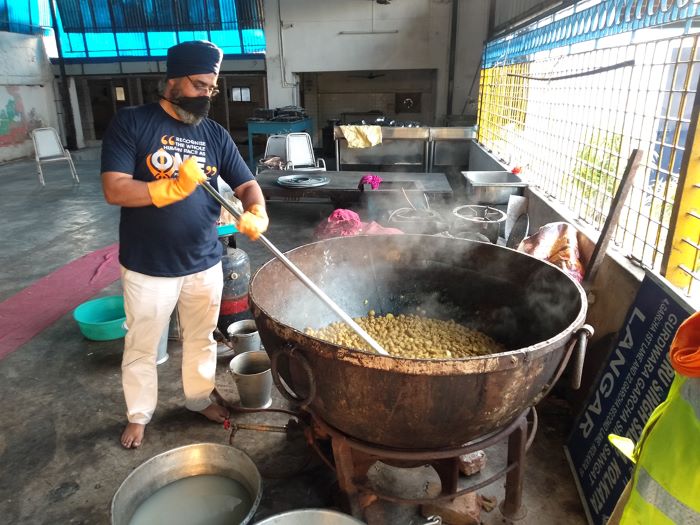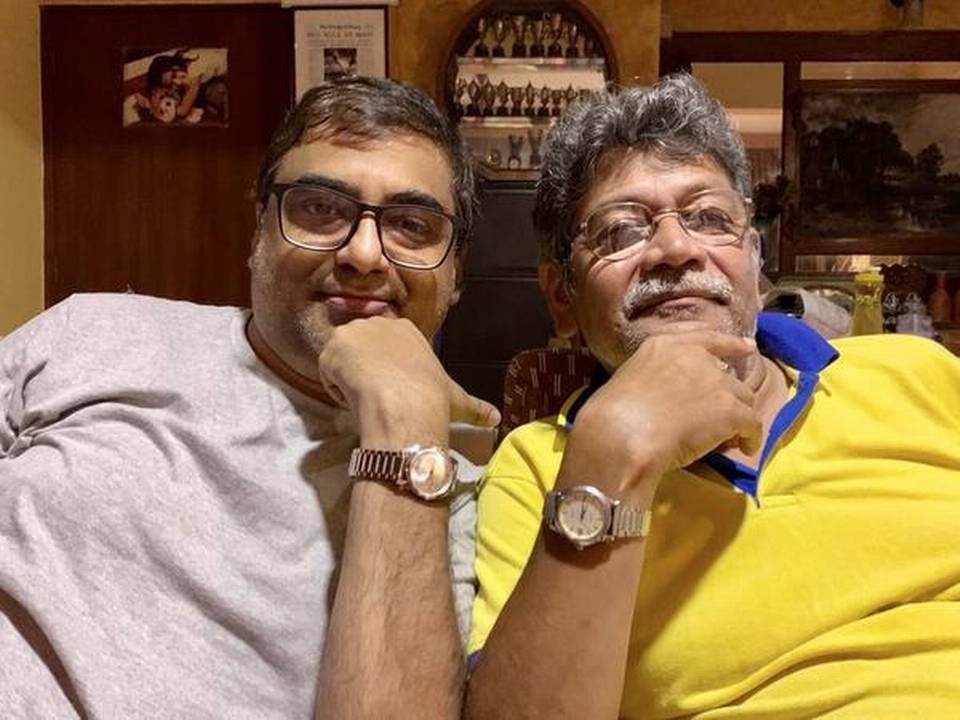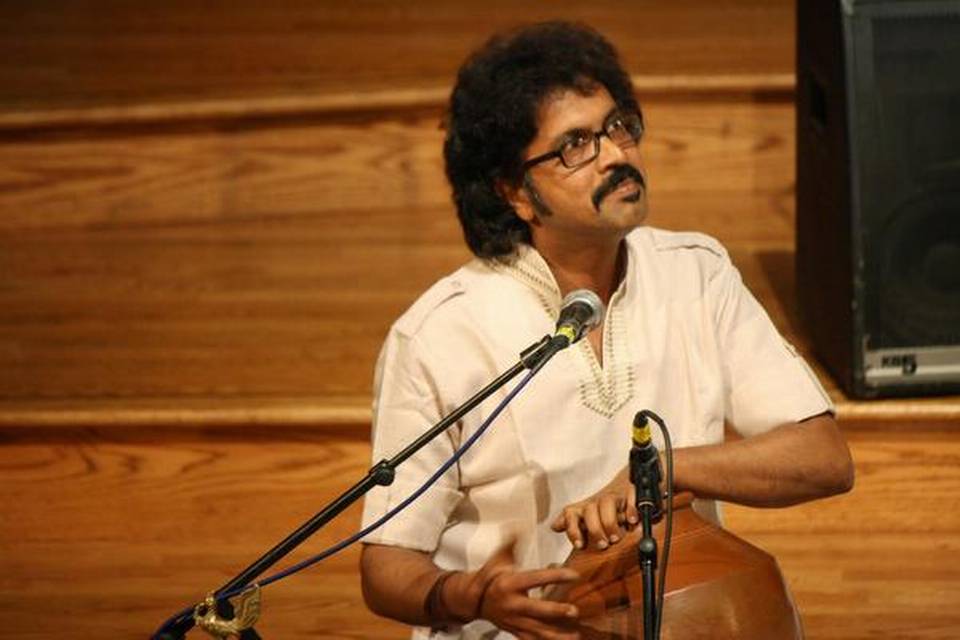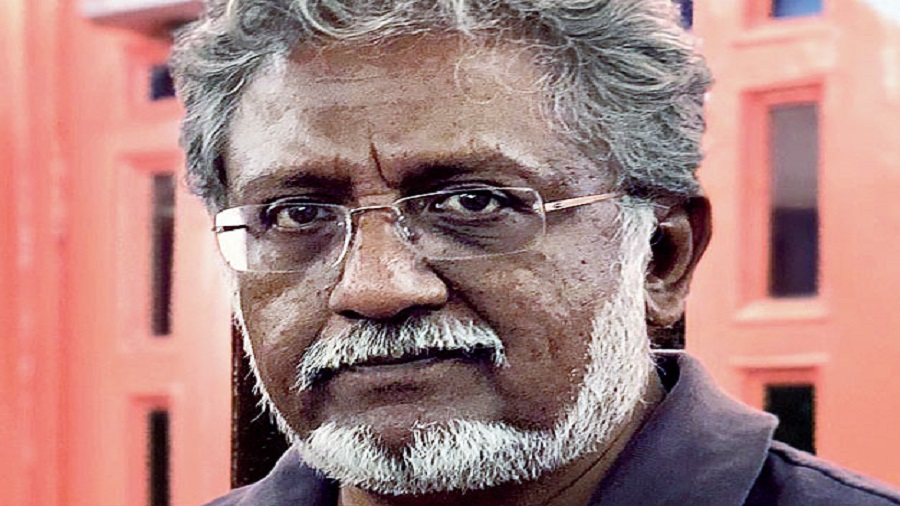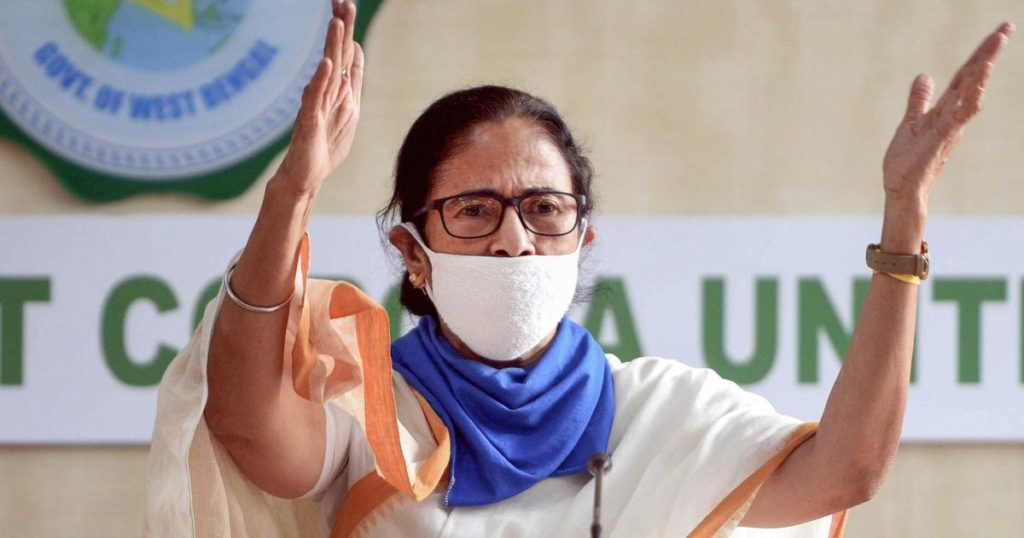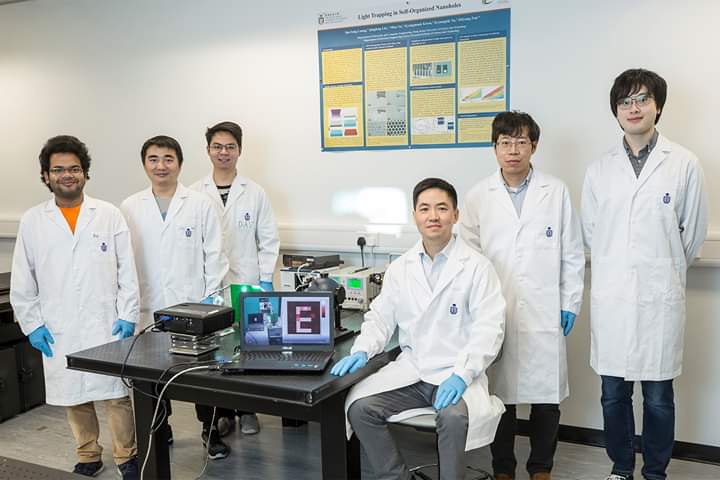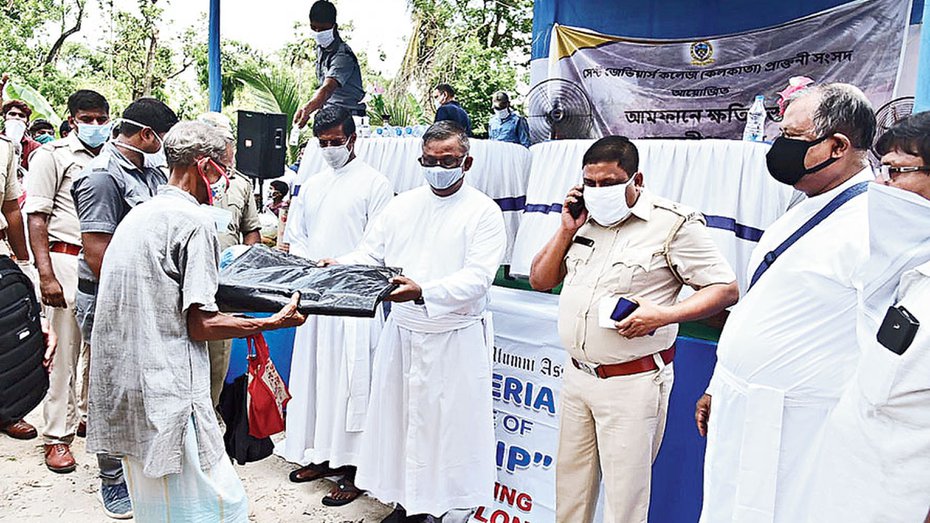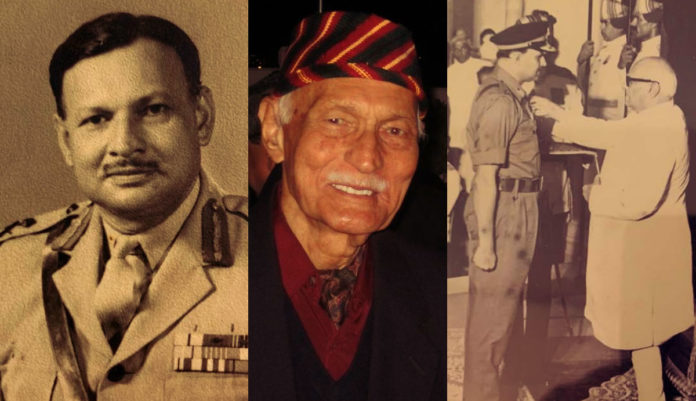
The Second World War, the Korean War, the Indo-Pakistan wars… Major General Premangsu Chowdry has seen them all. A salute to the Indian Army veteran, forever young at 100
Major General Premangsu Chowdry of the Indian Army is an extraordinary man, with a military and corporate career par excellence. He took active part in the Second World War operations in North Africa, Middle East and Italy; did post-war General Staff assignments in Japan with the British Commonwealth Occupational Forces (BCOF) and in the Headquarter of Supreme Commander Allied Forces (SCAP) commanded by General Douglas McArthur; with the British Commonwealth Division during the Korean War 1950-53; and fought in all the three India-Pakistan wars of 1948, 1965, 1971.
I am fortunate to have had the opportunity to spend quality time with the 99 years young ‘fighting fit’ General and relate to his extensive war experience. He with his contemporaries shaped the Indian Army since Indian Independence in 1947, notably, General (later Field Marshal) KM Cariappa, OBE, the first Commander-in Chief of Independent India; General KS Thimayya, DSO, Chief of Army Staff (1957-1961); and General (later Field Marshal) Sam Bahadur Manekshaw, MC, Chief of Army Staff (1969-1973), legend of the India-Pakistan war in 1971.
The General is to be applauded for his amazing and sharp memory to recall dates/years, names and places from his military career since 1941. The General celebrated being 100 years young on 1 May.
General Chowdry hails from Barisal town on the banks of Kirtan Kola river, then in East Bengal, now in Bangladesh. The family was well known as the ‘Chowdrys from Loha Ghar’ in Comilla District having zamindar credentials in that era. The General’s grandfather was the Superintendent of Prisons in Dacca, Bengal, the first Indian to have held that post in the 19th century. His father was the treasurer to the District Commissioner of Barisal in the early 1900s.
After completing his schooling at Barisal, where he received the gold medal for standing first in his matriculation exam, young Prem did his Bachelors and Masters at St Xaviers College, Calcutta University. Prem studied Arts with English Honours and was placed in the order of merit in the Bachelors programme.
A soldier is born
While he had plans of joining the Indian Civil Services (ICS), recruitment to the ICS had ceased due to the emerging World War in 1939. Prem instead opted for and joined the 1st batch of the Bangalore Cadet College, structured as a British Public School and which became the Officer Training Academy (OTA) for commissioning into the British Indian Army.
On 21 December 1941, Prem was commissioned as a 2nd Lieutenant into the ‘Royal Garhwal Rifles’ and joined at the Garhwal Regimental Centre at Lansdowne, which is present Uttarakhand. He was one of the first commissioned Indian officer into the ‘Royal’ Regiment.
After the initial training at the Regimental Centre, in 1942 Prem was posted to the 3rd Battalion Garhwal Rifles and served with them in the Western Sahara desert, Egypt, Cyprus, Iraq, Syria, Palestine and finally in the Italian campaign. In North Africa, the battalion was part of the 5th Indian Division and took part in the ‘Battle of Tobruk’. The fierce battle cost the battalion dearly, and they lost 12 officers and over 500 soldiers. The battalion was withdrawn and moved to Cyprus to rest, recuperate and await reinforcements from the Garhwal Regimental Centre.
Prem was sent for a Weapons Course at the Military School at the Allies military base in Gaza, where he excelled and then was ordered to be transferred to the Gaza Military School as an Instructor, a rare accomplishment because he was one of the first officers of Indian origin to be posted as an Instructor to the School. However the posting order was withdrawn at Prem’s request since he wished to remain with his troops involved in operations. After six months ‘Rest, Relief and Reinforcement’ in Cyprus, which included ‘Raid Operations’ in the Greek Islands, Prem and his battalion were deployed for training under the 9th British Army in the Middle East. From 1943 the battalion, as part of the 10th Indian Division, was actively involved in the ‘Italian Campaign’, where the Division was part of the 8th British Army commanded by General Bernard Montgomery, later Field Marshal, 1st Viscount Montgomery of Alamein.
Prem’s outstanding performance in the Italian Campaign earned him a recommendation for the ‘Military Cross’
Onward to Italy
Prem and his battalion were involved in the Italian Campaign for almost two years until May 1945. The battalion was deployed for operations in the Taranto Sector and in the Eastern and Central Sectors along the Apennine Mountains; they fought battles in ‘River Crossing’ operations at Sangro, Garigliano and Senio.
Prem’s outstanding performance in the Italian Campaign earned him a recommendation for the ‘Military Cross’—but the vagaries in the fog of war instead earned him the gallantry award ‘Mentioned in Dispatches’—his first of the three, two of which follow in the 1948 and the 1965 India-Pakistan wars. Thereafter, in 1944 Prem was promoted out of turn to the rank of a Major when he was just 24 years of age, the youngest officer to achieve the rank at that age.
Prem was the first Indian origin Major in the ‘Royal Battalion’, superseding fellow British Officers in the battalion, thereby exemplifying his high officer leadership quotient.
At the end of World War II, Prem was selected as one of the three officers, with 10 Battalion Commissioned Officers (BCO) and 25 Other Ranks to represent and lead the 10 Indian Division in the Allies Victory March in London in 1945.
Return to India
In October 1945, Prem and his Battalion 3 Garhwal Rifles returned to Lansdowne. The Battalionwas thereafter deployed in the North West Frontier Province (NWFP—currently in Pakistan) at Campbellpore forming part of an experimental Infantry Brigade responsible for testing new weapons and tactics in Waziristan and the Swat Valley. The core task of the Battalion and the Brigade was to suppress the Hazara tribal uprising in NWFP region. At the end of the tenure, Prem was posted as the Training Commander at the Garhwal Regimental Centre at Lansdowne.
After the India-Pakistan Partition, in 1948, Prem was posted back to his battalion 3 Garhwal Rifles deployed in the Kashmir region for the 1948 India-Pakistan war. The Battalion as part of the 160 Infantry Brigade was responsible to clear the Baramullah-Uri axis which they accomplished under heavy odds. Prem earned his second gallantry award ‘Mention-in-Dispatches’ in the Kashmir operations.
Prem as a 28-year-old Lieutenant Colonel was given the prestigious offer to command the 3rd Battalion the 5th Gorkha Rifles (Frontier Force). The Battalion provided support to the Hyderabad State police in their action against the Nizam-ruled princely Hyderabad State to ensure that the State remained in the Indian Union.
Prem thereafter undertook the entrance exam for admission into the Defence Services Staff College (DSSC) at Wellington, Tamil Nadu. In 1949-50 Prem underwent the 3rd DSSC Course where he attained the second position in merit and was subsequently posted as the General Staff Officer Grade 1 to Headquarter East Punjab Area in Jullundur commanded then by Major General SPP Thorat.
In December 1950, Prem was chosen by the Commander-in-Chief of the Indian Army, General KM Cariappa to take up the post of General Staff Officer Grade 1 (GSO 1) at the Headquarter British Commonwealth Occupation Forces (BCOF) in Japan. The appointment was another feather in the cap for Prem and his military career, and he was the first and only Indian origin officer to have been part of the BCOF.
Prem’s position as the Liaison Officer at the Headquarter UN Forces enabled him regular professional interaction with General Douglas McArthur, an honour and privilege which Prem recalls with clarity and great pride. In 1951 Prem was posted as GSO 1 to the 1st British Commonwealth Division in Korea. The Division was actively engaged in the ‘Korean War’ in the peninsula. Prem spent a year in the Division and excelled.
Return to India, and finding love
In October 1952 Prem returned to India and was given his second command of an Infantry Battalion, the 2nd Battalion the 5th Gorkha Rifles at Ferozepur as part of the 43 Infantry Brigade. In 1953, Prem got married to Sheila Devichand in New Delhi. The General won the heart and mind of Sheila, in fact he was a dashing and suave gentleman able to leave a lasting impression on anyone who met with him. At 100 years Prem still carries that aura and gentry to win over people. The love of his life for 57 years, Sheila passed away in 2013.
Ethiopia and the emperor
At the end 1960, Prem was appointed by General KS Thimayya, DSO, the Chief of Army Staff to be Commandant of the Ethiopian Military Academy in Harar, reporting directly to Emperor Haille Selassie of Ethiopia. Prem was also an unofficial military advisor to the Emperor. This tenure over the next three years built a lasting association between the Emperor and Prem.
Back to India
After the Ethiopian tenure Prem was posted for the second time to command a brigade, the 120 Infantry Brigade at Rajouri, as part of 25 Infantry Division. In 1965 Prem was posted as Brigadier General Staff (BGS) and acting Chief of Staff of 1 Corps at Mathura which took part in the second India-Pakistan war in the same year. Prem earned his third gallantry award ‘Mention-in-Dispatches’ in this war for his exemplary contribution to the war effort.
In 1967, at the age of 47, Prem was posted as the General Officer Commanding (GOC) Madhya Pradesh Area. The following year Prem took command of the 3 Infantry Division at Leh which he commanded until 1970. Prem earned his Param Vishisht Seva Medal from VV Giri, the President of India during this command for his overall meritorious service and the specific job of organising and personally directing the relief programme for the local civilian population after an earthquake struck the Ladakh region. Prem’s efforts saved many lives.
In December 1970, Prem took over as the General Officer Commanding (GOC) Bengal Area. This was a vital responsibility since the Area was required to deal with the violent Naxalite problem in Bengal State. In order to do so, Prem was given significant responsibility and authority, and had under direct and indirect command, the three Army divisions then based in Bengal, the Railway, State Police, CRPF, BSF and the Home Guards. During the 1971 India-Pakistan war which led to the creation of Bangladesh, Bengal Area under Prem’s leadership provided vital support to Eastern Command. Leading into the war, the Bengal Area had the crucial responsibility of managing and attending to thousands of refugees pouring into India from East Pakistan.
From the battlefield to the boardroom
On 30 April 1974, after 33 years of meritorious service, Prem retired from the Army and pursued a successful career in the corporate world. In civil life, initially in Calcutta, Prem held senior executive positions in the corporate and public sector including, Director of Shaw Wallace; Managing Director of Durgapore project, a public sector undertaking to which he was appointed by the then Prime Minister Indira Gandhi and the Chief Minister of West Bengal Siddhartha Shankar Ray; and Managing Director of Sankey Wheels. Prem’s contribution to the undertakings enabled them to turn around their losses and be profitable enterprises.
In 1979 Prime Minister Indira Gandhi directly appointed Prem as the Chairman and Managing Director of Incheck Tyres & National Rubber. The position held equivalence to a Minister of Industries and was part of the Appointments Committee of the Cabinet at the federal level.
In 1983, at 63 years Prem took permanent retirement. The General and his wife spent time with their three sons Rahoul, Drone and Kunal who lived in Sydney and Dubai. The General currently resides in Sydney with his eldest son Rahoul. An avid golfer into his mid-80s, Prem never missed a chance to swing his golf clubs at the Delhi Golf Club and the Manly Golf Club in Sydney. The Manly Club honoured the General over an evening sit-down dinner with all the members in 2010.
Prem is associated with many charitable organisations and is a Fellow of the Royal Geographical Society United Kingdom. The General was also an active member of the Royal United Services Institute for Defence and Security Studies in Sydney.
A salute to the centenarian.
The writer is an Indian Army Veteran
source: http://www.theindiansun.com.au / The Indian Sun / Home> India / by Colonel Joseph Malhews / August 14th, 2020
